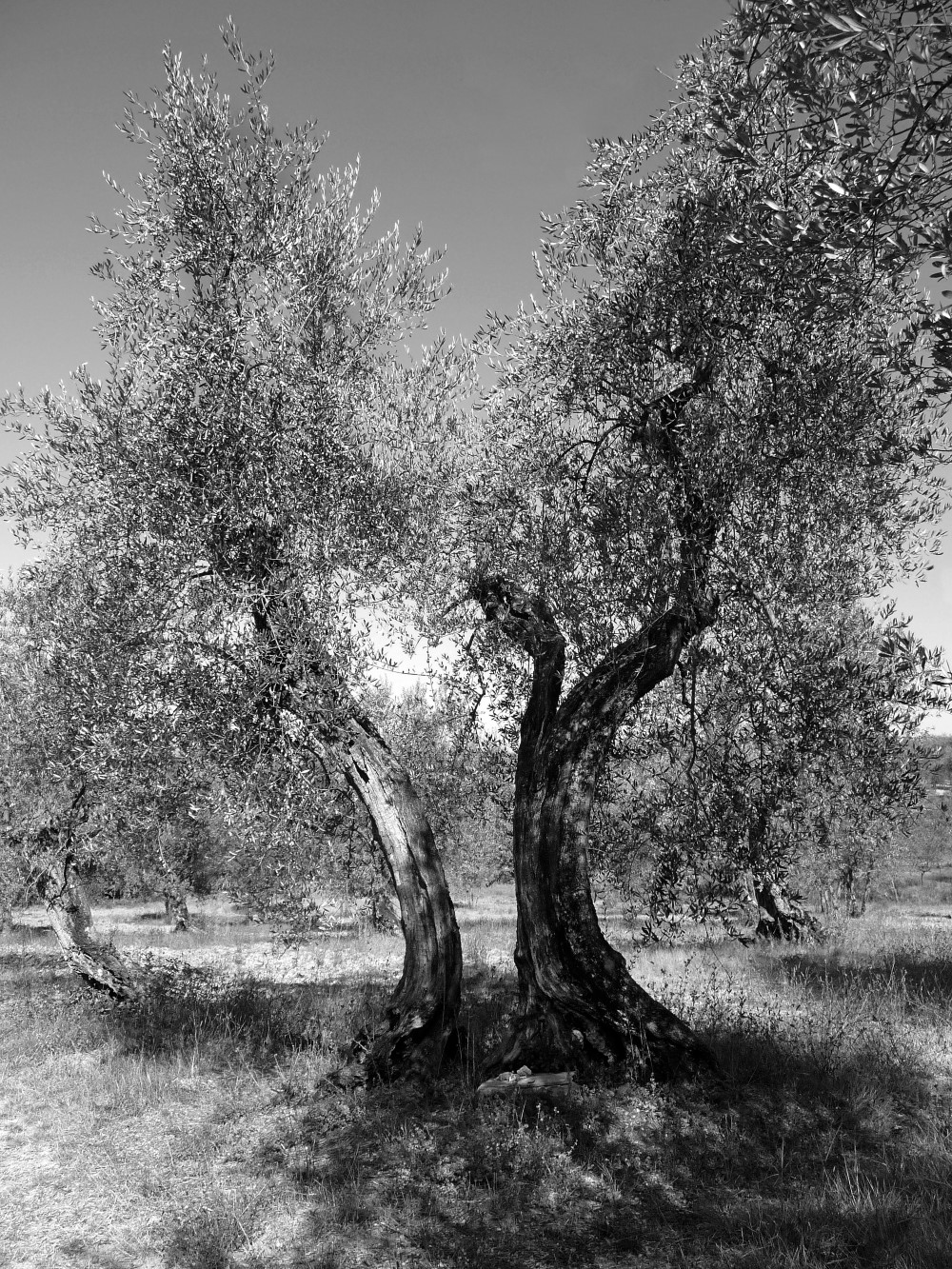On the Gorioli house passage transited, in all probability, the alternate route of the Roman Cassia Vetus also known as Cassia di Mezzo, the many artifacts found on the top of these hills could testify to its existence.
At Poggio Crociferro (511 m) (locally known as Cruciferro), terracotta pots with fragments of Roman pottery produced in the Arezzo area have been found.
At Poggio Gorioli ceramic and lithic materials have been found. The oldest finds have also formed the hypothesis of the presence of an Etruscan colony with a necropolis in Gorioli and an inhabited zone in Monte Cucco.
Right on top of Montecucco are hidden the remains of a wall with a trapezoidal shape; which, in the past, Terzano farmers had attributed to the remains of an ancient monastery. Essays made in 1970 have highlighted important structures such as a scale, a well and a dense network of walls inside the city.
Welcome!Log into your account







